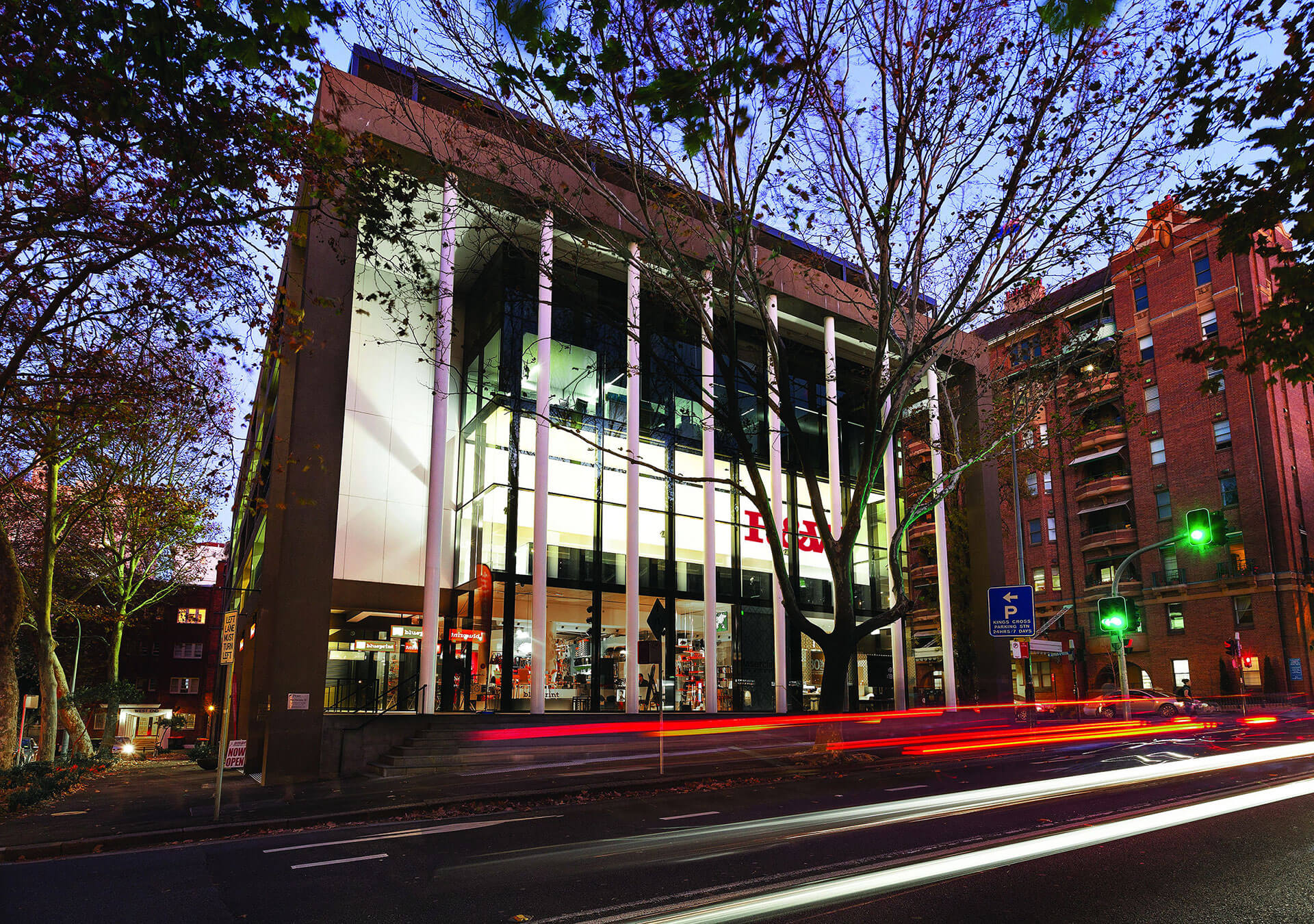LIVING ON THE SKYLINE AS KING OF THE HILL: MACLEAY-REGIS

MACLEAY-REGIS is Latin for “King of Macleay”, and 12 Macleay Street, is an appropriate title for this regal, majestic apartment block.
Apartment 605 is currently for sale through Greg McKinley and Penny Timothy
https://www.rwebay.com.au/5565057/
Completed in 1939 by Pitt and Phillips, it was the largest block of flats in Sydney at the time, costing over £100,000. It was “head and shoulders above nearby buildings, visible from all sides … a great new block of flats“ said Building magazine. It formed part of a local area high-rise building boom around Macleay Street that included Werrington (built 1930), Selsdon and Wychbury (both built 1934), Birtley Towers (1935), Twenty (1936), Gowrie Gate (1937), Four Macleay Street (1938), Marlborough Hall (1938) and Cahors (1939).
In the late 1930s Potts Point was a forest of construction cranes.
The Home magazine’s influential Editor and fashioniasta, Sydney Ure Smith, who lived in Manar nearby, labelled Potts Point as “flatsville”.
Each floor of Macleay-Regis contained four two-bedroom and six one-bedroom flats with views. There was an embarrassment of luxuries including a panoramic penthouse occupied by the building’s owner, Mr Christmas. Harold Christmas (1884-1947) founded Woolworths stores in 1924 and remained Managing Director until 1945, making him a very wealthy man.
Grand foyer columns in rare Austrian Birchwood, private garages, a service kitchen on the eighth floor supplying meals to apartments, a live-in concierge, imported American gas stoves, polished Australian Cypress herringbone pattern parquetry floors (an original feature retained in Apartment 605), internal phones connected to the hairdresser, a pharmacy and florist on the ground floor, and maid service all created one of Australia’s first vertical villages.
Macleay-Regis redefined urban living.
A Sydney Morning Herald article, “Living on the Sky Line”, noted “Mr and Mrs Christmas have a lovely home with views unrivalled in Sydney. Flowering shrubs, which Mrs Christmas has planted herself … gaily painted bamboo easy chairs make this penthouse a place of beauty. Mrs Christmas and her daughter, Miss Margaret Christmas, spend much time in their skyline garden.” The building quickly proved to be a social magnet.
Its external Art Deco elements include ziggurat motifs and use of expensive chrome on the front doors. Applied electrolytic ferrochromium alloy (chrome) was invented in 1924 as a commercial process to protect the base metal from deterioration. It gave finishes a gleaming, mirror-finish lustre.
Art Deco designers readily adopted industrial metals and special finishes for interior home designs after the 1925 Paris Exposition Internationale des Arts Décoratifs et Industriels Modernes (International Exposition of Modern Decorative and Industrial Arts), which exhibited tubular steel chrome-plated framed chairs.
Macleay-Regis’s exterior originally had suspended parapets (now removed) but it still retains its dramatic tracery entrance portico (originally unpainted). Twenty years after completion it was still the largest building in the area.
Apartment 605 retains original features including cornices, a living room gas heater and brick fire place surround, wooden sash windows and skirting boards, Australian Cyprus Herringbone-pattern parquet floors, bathroom tiling and its bath tub.
A recent, major conservation upgrade has ensured this significant heritage item is cherished for the future.
By Andrew Woodhouse, Heritage Solutions





